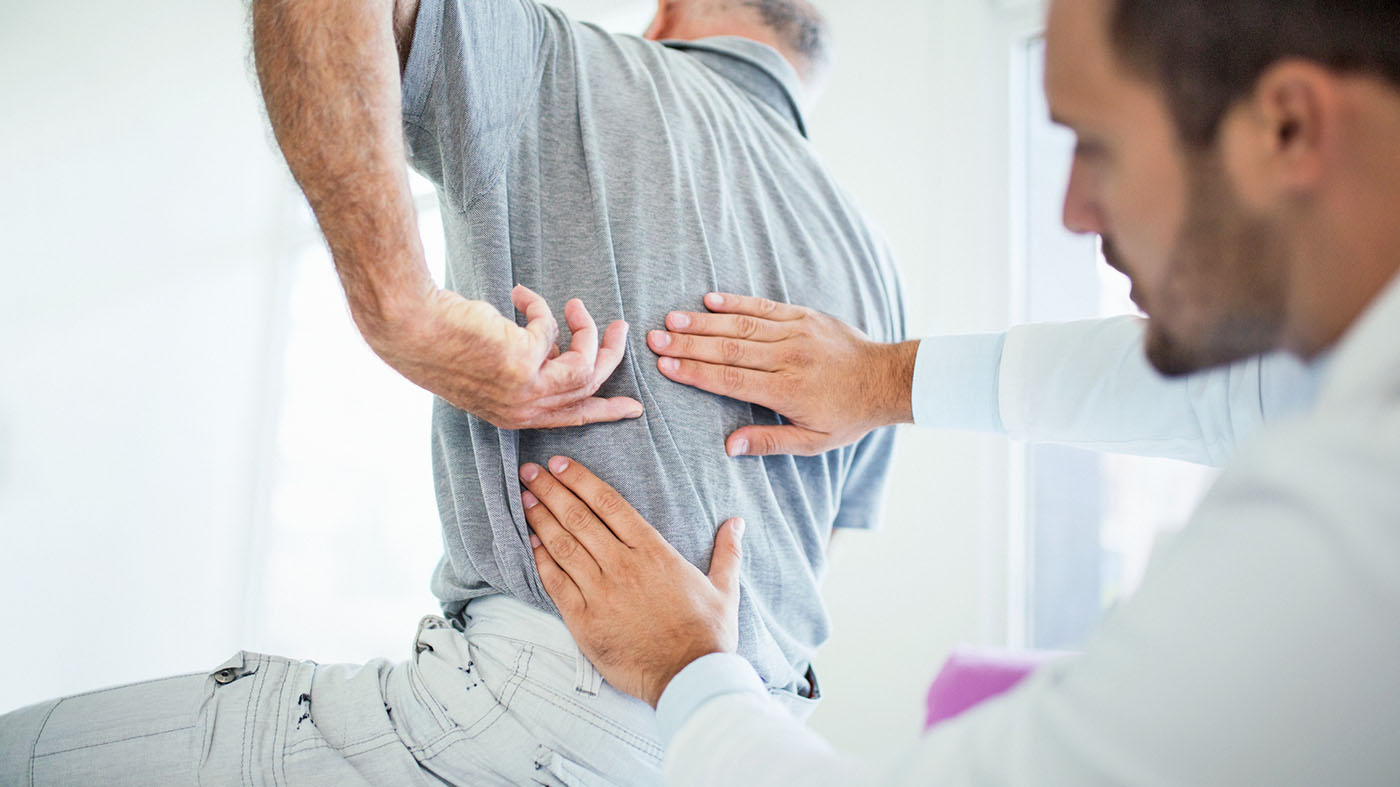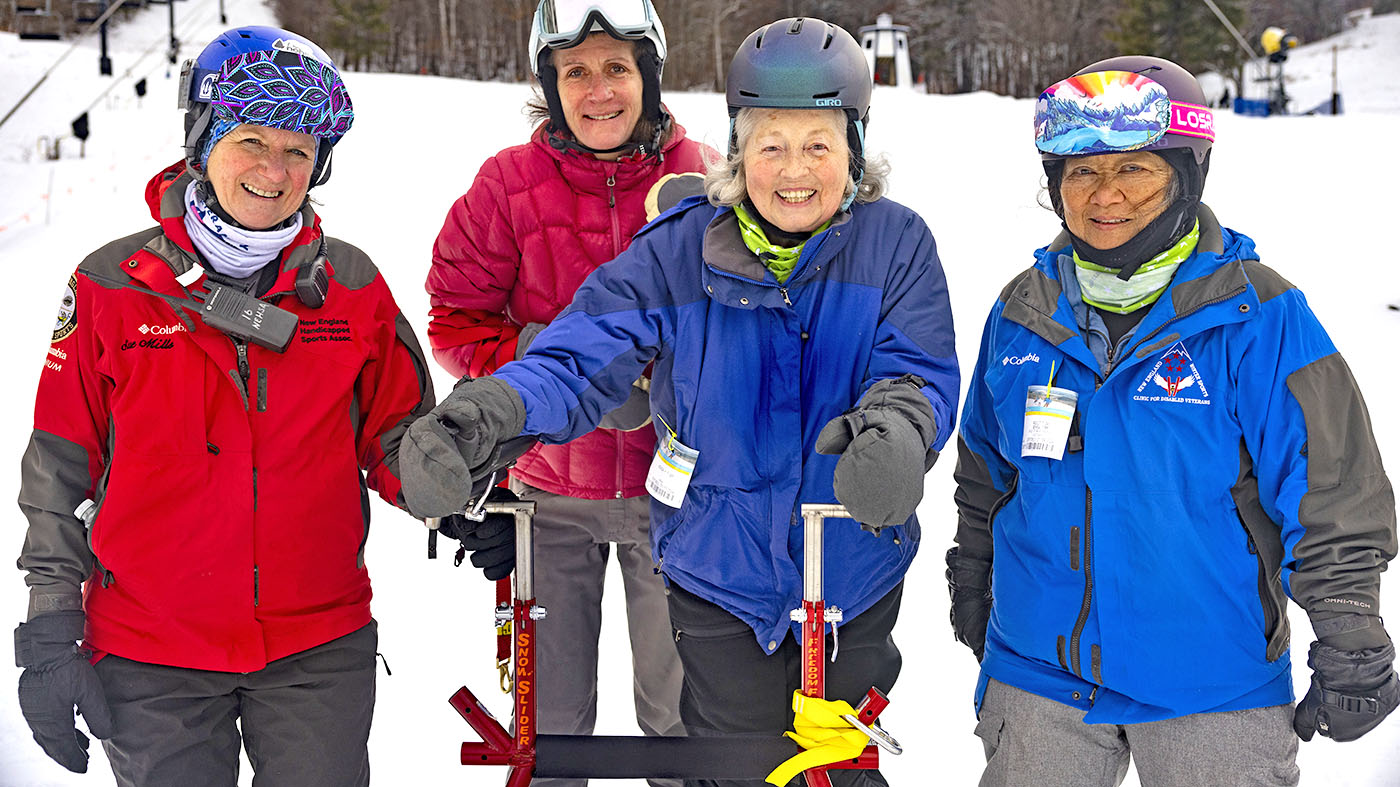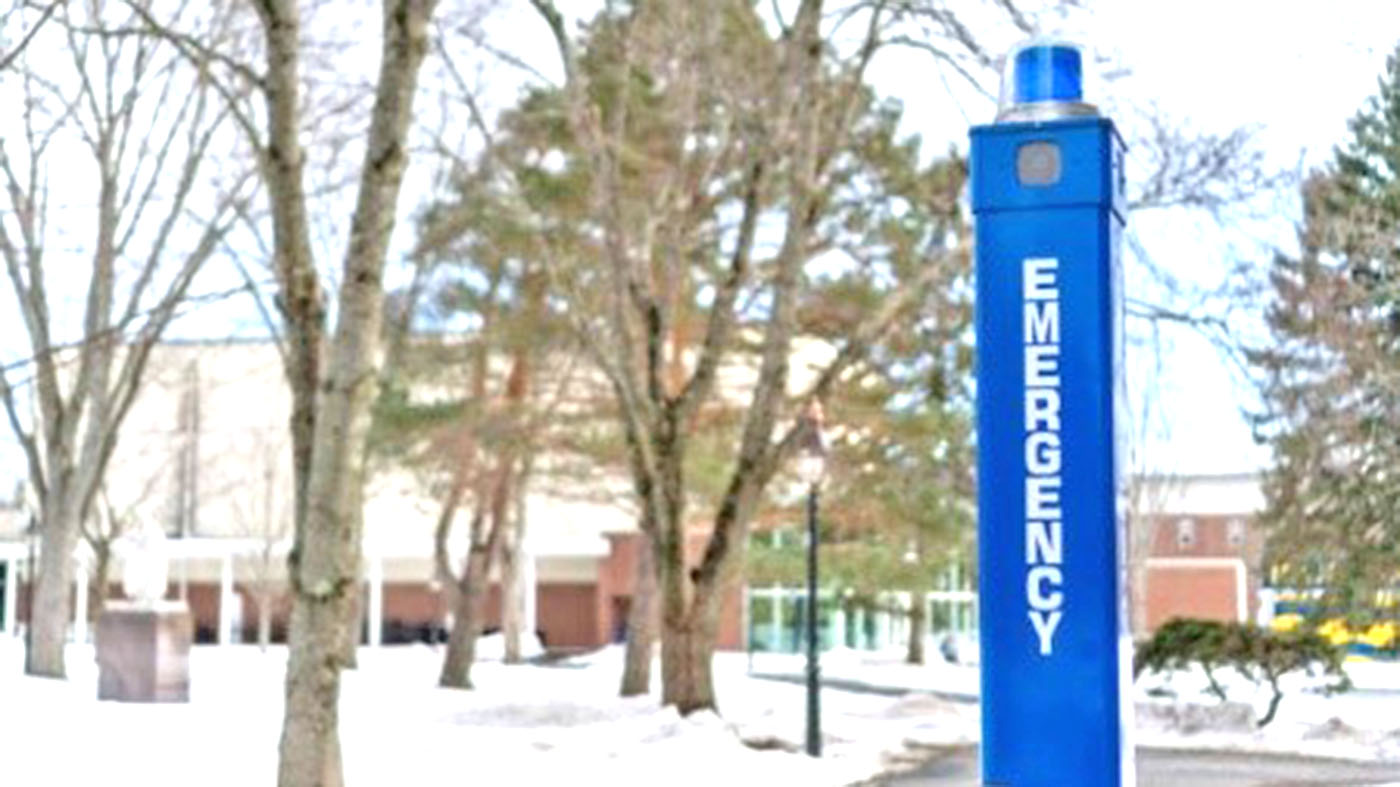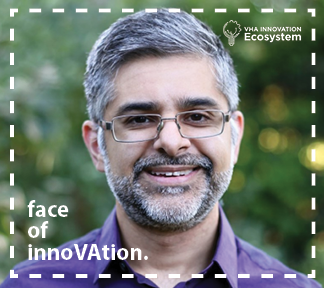
Dr. Vaidya looks out for his Veteran patients. And recently this means creating a cost-effective and time-sensitive solution for an inefficient therapy treatment.
He first developed an interest in the field of psychiatry after his mentor in residency at Johns Hopkins Hospital, Dr. Irving Reti, exposed him to neuromodulation treatments, letting Vaidya join in clinical service and laboratory work. Neuromodulation treatment technology helps patients using FES on the nervous system to regulate nerve activity and alter pain signaling in the body. The mentorship fostered by Reti gave Vaidya the opportunity to conduct clinical studies and other research on electroconvulsive therapy (ECT) and transcranial magnetic stimulation (TMS) neuromodulation treatments.
After completing his residency at John Hopkins, Vaidya decided to return to his hometown of Cleveland, Ohio, shortly after the birth of his twins in 2011.
“Of all the opportunities for psychiatrists in Cleveland, VA was my top choice. After having had a great experience working with Veterans during my medical school rotations and being impressed by the extensive services available at the Cleveland VA Medical Center,” Vaidya said.
At the VA Northeast Ohio Healthcare System, Vaidya directs the Psychiatric Neuromodulation Program. One of the more comprehensive and cohesive neuromodulation programs, the program uses ECT, TMS and ketamine-infusion therapy.
In recent years, Vaidya has dedicated himself to innovative solutions relating to TMS. For Veterans, neuromodulation treatments like TMS can help replace actions of neurons that have been damaged by injury or disease. TMS is a safe and well-tolerated treatment for patients with depression that have not responded to medications. The noninvasive treatment is administered daily for four to six weeks and utilizes an electromagnetic coil placed on the surface of the head to stimulate targeted areas of the brain. Accurate positioning of the coil is critical for the efficacy of the therapy, as even small errors in coil placement can compromise the treatment. However, in most clinical practices, visual methods are used to place the coil, without any objective way to know the coil is on target.
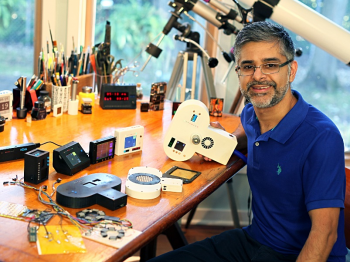
Dr. Vaidya working on his TMS device.
“Every time a Veteran comes for a treatment, depending on the operator, the coil may be positioned a bit differently or may not even be touching the head if the patient happens to shift their head during the treatment,” explained Vaidya. “Veterans and our TMS nurses have frequently complained about the inconsistent nature of coil placement. There are solutions that can help with accurate and reliable coil placement, but such systems cost upwards of $50,000, are not portable, and can be cumbersome to set up and use, so they are primarily only utilized in research settings.”
Vaidya recognized the need for a better solution to the TMS problem and developed a low-cost and easy-to-use answer. Creating the innovative TMS device allowed Vaidya to turn a personal past time into a critically useful tool for improving Veteran health care.
“I’ve always enjoyed tinkering with electronics and making things,” expressed Vaidya.
After speaking with VHA Innovators Network (iNET) Innovation Specialists Bill Corcuera and Frank Zitko about his TMS device, Vaidya was encouraged to apply for the iNET Spark-Seed-Spread Innovation Investment Program (Spark-Seed-Spread Program), which seeks out VA employee-inspired innovative concepts to improve health care experiences for Veterans.
“I was fortunate to have been selected for Spark and Seed phases of the program, during which I was able to construct a functioning prototype and run a pilot test of the device,” explained Vaidya.
The Spark-Seed-Spread Program emphasizes collaboration among multiple VA sites and departments. Through iNET Innovation Specialists, Vaidya connected with the VA Tech Transfer Office. The VA Tech Transfer Office helped Vaidya apply for patents, and soon after the TMS project was selected for inclusion in the FedTech Startup Studio, a program linking federal technologies to entrepreneurs to explore commercialization potential.
“I’m glad VA was willing to take a risk to support me in this endeavor,” Vaidya said. “If it weren’t for the VHA IE, my TMS project would not have turned into anything tangible; it would have just been an idea in my head or some scribblings in a notebook.”
Thanks to his involvement with Spark-Seed-Spread Program, awareness of Vaidya’s breakthrough is growing, leading to interest from some of the leading TMS manufacturers in the country. Currently, Vaidya is working on another innovation through VHA IE to automate the treatment.
“I’ve had a great experience participating in the VHA Innovators Network. I’ve learned a lot about the process of innovation and met so many bright and passionate people across VA with such great ideas,” Vaidya conveyed.
Topics in this story
More Stories
Spinal cord stimulation implantation helps Veterans suffering from chronic pain improve their quality of life without narcotics.
After Addison’s Disease and lumbar spine surgery, nurse Veteran Gayle Smith re-learned how to ski. “You have more courage than you think.”
Follow these 10 winter safety tips to stay warm, safe and protected during the cold winter.


